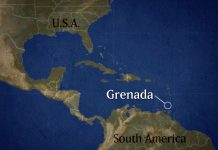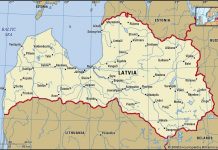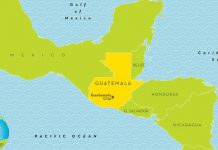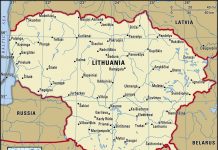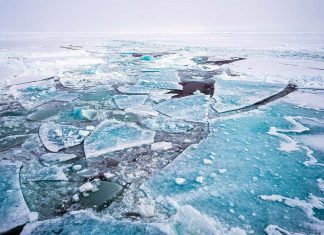Republic of India
Capital: Delhi
Area: 3,287,263 sq km/1,269,219 sq miles
Population: 918,570,000
Population density per sq. km/sq. mile: 279/724
Currency: Indian Rupee
Ethnic composition
72% of the population belongs to the Indo-Aryan ethnic group, 25% — to the Dravidian and 3% — to the Mongoloid. The official languages are Hindi, spoken by 30% of the population concentrated in North and Central India, and English. There are also a number of regional languages and more than 1,500 local dialects. 8% of the population speaks Bengali, 8% Telugu, 8% Marathi, 7% Tamil, 5% Urdu and 5% Gujarat.
Religion
83% of the population are Hindus, profess Hinduism, 11% are Muslims, mainly Sunnis, 2% are Christians, mostly adherents of the Roman Catholic Church, 2% are Sikhs.
History:
From 321 BC- 1984
The Hindustan peninsula, with the exception of the Dravidian south, was first united during the Maurya dynasty in 321-184 BC, and Buddhism appeared in India under Emperor Ashoka (273-232). Later, northern and central India were reunited during the reign of the Gupta dynasty 300-500 AD, during this period Hinduism prevailed over other religions. Arab traders and invaders began to spread the Islamic faith in the western and north-western regions of India from the 7th century, this process was largely provoked by the emergence in northern, central and western India of the Delhi Sultanate (1206-1525) and the Mughal Empire in 1525-1780, founded by Muslim conquerors from Central Asia. The South, which was dominated by the Hindu kingdom of Vijayanagara during the XIV-XV centuries, was only partially captured by the Mughals, but the Muslim influence here was also strong.
During the British rule, which was established gradually in the period from 1757 to 1856 and lasted until 1947, the construction of railways began in India and an English-speaking bureaucracy appeared for the first time. However, during British rule, almost half of the lands, mainly the hinterlands, remained free from direct British control. The management of these areas was provided to 562 semi-autonomous, albeit loyal to the British crown, “royal states”. At the end of the XIX century . The Indian national consciousness began to manifest itself among the intelligentsia community, which was reflected in the creation in 1885.



















